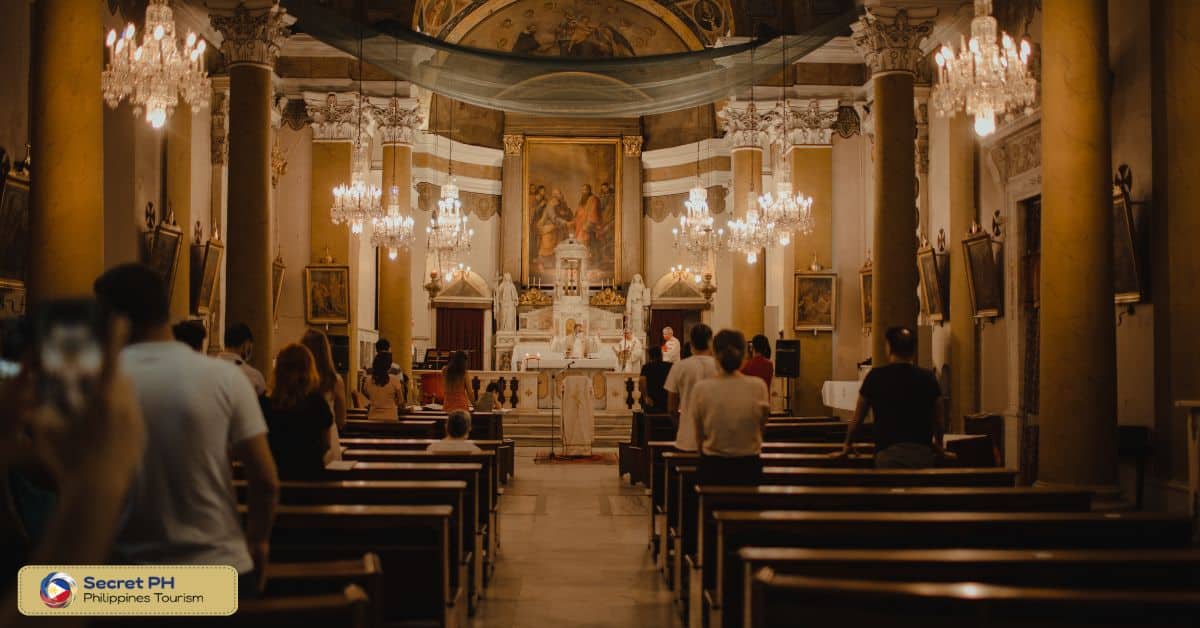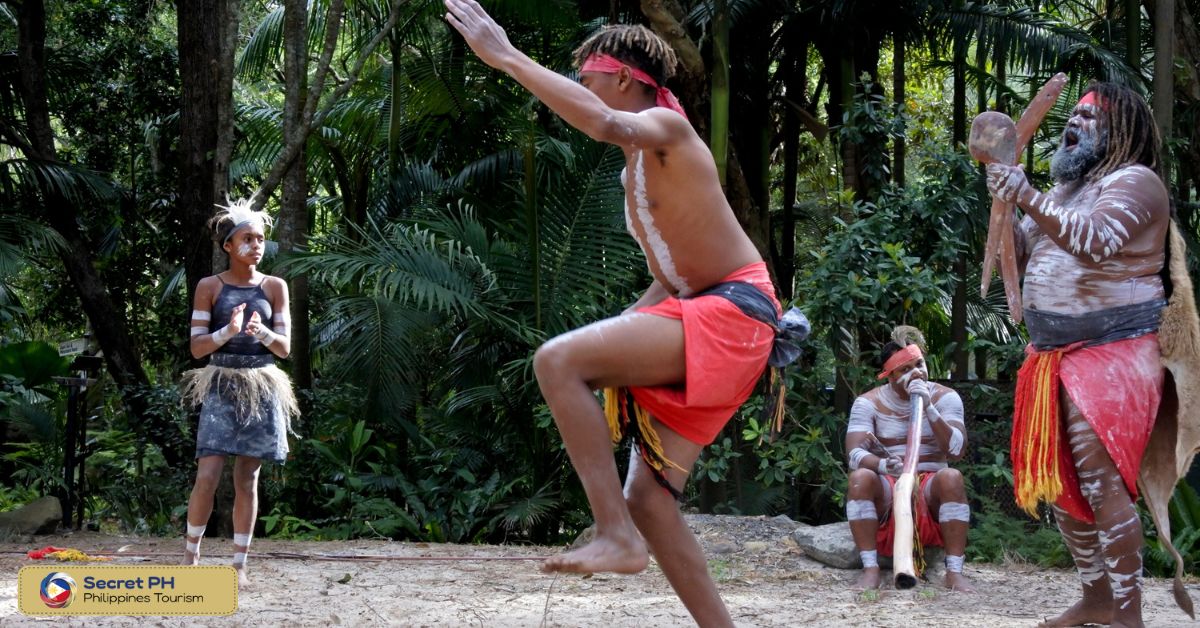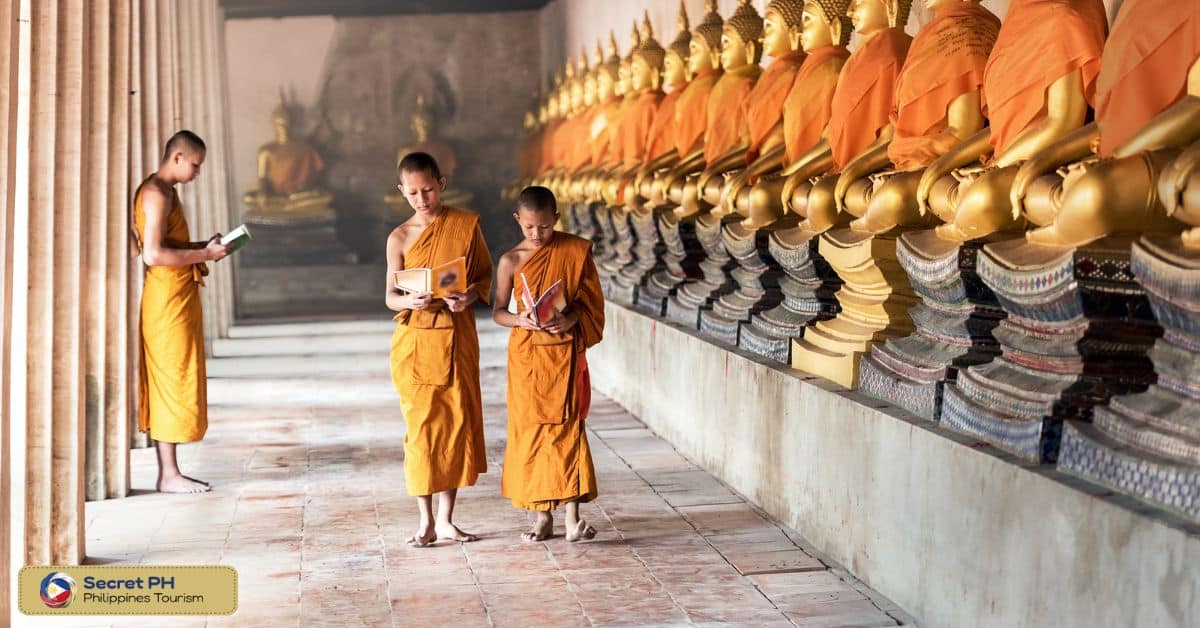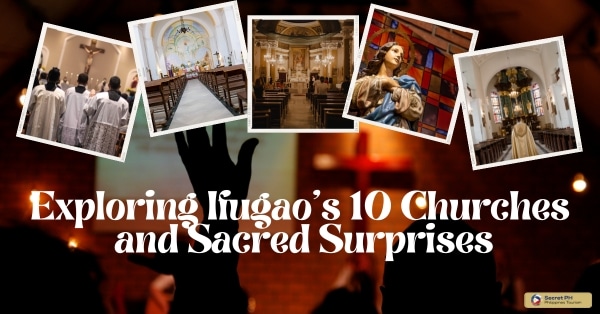Are you curious about the religious demographics of the Philippines? Explore a comprehensive guide to this fascinating nation, focusing on Christianity, Islam, and indigenous beliefs.
Discover the diverse religious landscape of the Philippines, with a focus on Christianity, Islam, and indigenous beliefs. Explore the dominant role of Catholicism, the presence of Islam in Mindanao, and the preservation of ancestral traditions. Gain insight into the country’s rich religious tapestry in just a few minutes.
Discover why the Philippines is home to such a rich religious tapestry and gain valuable insight into this captivating culture. Start your journey today!

Introduction to Religious Diversity in the Philippines
The Philippines is a country with a rich cultural heritage, which includes a diverse range of religious beliefs. The dominant religion is Christianity, with around 85% of the population identifying as Catholic.
However, there are also significant Muslim and indigenous communities that practice their own traditional religions. In the Philippines, religious diversity is not just a matter of co-existing faiths, but rather, a fundamental part of the nation’s identity.
Understanding the different religious traditions in the Philippines is essential for professionals and individuals alike, as it allows for greater cultural competence and promotes mutual respect. As a result, the government has developed policies aimed at promoting religious tolerance and understanding, recognizing that diversity is a strength to be celebrated.

Major Religions in the Philippines: A Comparative Overview
The Philippines is a country known for its rich religious diversity, influenced by centuries of colonization and indigenous beliefs. While the majority of Filipinos identify as Christians, there are also significant populations of Muslims, adherents to indigenous religions, and followers of other faiths. This comparative overview explores the major religions in the Philippines, highlighting their beliefs, practices, and contributions to the cultural and religious landscape of the nation.
Christianity:
Christianity is the largest religious group in the Philippines, with approximately 90% of Filipinos identifying as Christians. The majority of Christians in the Philippines are Roman Catholics, a legacy of more than three centuries of Spanish colonization. Catholicism has had a profound impact on Philippine society, shaping its culture, traditions, and values. Other Christian denominations, such as Protestantism, also have significant followings in the country.

Islam:
Islam is the second-largest religion in the Philippines, comprising around 6% of the population. Muslims in the Philippines are primarily concentrated in the southern region of Mindanao and the nearby islands. The introduction of Islam to the Philippines dates back to the 13th century through trade relations with neighboring Muslim kingdoms. Islamic traditions and practices, influenced by various schools of thought, shape the beliefs and way of life of Filipino Muslims.

Indigenous Religions:
Before the arrival of foreign religions, the Philippines was home to various indigenous belief systems that encompassed animism, ancestor worship, and nature veneration. Today, many indigenous Filipinos continue to practice their ancestral religions alongside Christianity or Islam. These indigenous belief systems reflect a strong connection to the land, spirits, and ancestral traditions, contributing to the cultural diversity and spiritual fabric of the Philippines.

Buddhism:
Buddhism is a minority religion in the Philippines, with followers primarily consisting of ethnic Chinese and some Filipino converts. The teachings of Buddhism, emphasizing the Four Noble Truths and the Eightfold Path, have found resonance among those seeking spiritual guidance and enlightenment. Buddhist temples and centers can be found in several cities, providing places of worship and promoting Buddhist teachings and practices.

Hinduism:
Hinduism has a small but notable presence in the Philippines, primarily among the Indian community. Hindu temples, called mandirs, exist in certain cities and serve as places of worship and cultural gatherings for Hindus. Hindu festivals and rituals are celebrated by the Indian diaspora, fostering a sense of cultural continuity and religious observance.

Other Religions:
The Philippines is also home to followers of other religions, including Sikhism, Judaism, Bahá’í Faith, and various new religious movements. These religious communities contribute to the religious tapestry of the Philippines, adding diversity to the cultural and spiritual landscape.

While Christianity remains the dominant religion in the Philippines, the presence of Islam, indigenous beliefs, and other faiths reflects the pluralistic nature of the country. This comparative overview underscores the coexistence and mutual influence of these major religions, shaping the religious demographics and fostering religious tolerance and understanding within Filipino society.
Christianity in the Philippines: Denominations, Beliefs, and Practices
Christianity holds a prominent place in the religious landscape of the Philippines. The majority of Filipinos identify as Christians, and the country is known for its rich diversity of Christian denominations.
| Denomination | Beliefs and Practices | Size/Popularity | Key Features |
| Roman Catholicism |
|
Largest Christian denomination in the Philippines | Veneration of saints and Mary, rich liturgical traditions, strong influence on social, educational, and moral aspects of society |
| Protestantism |
|
Growing popularity; various denominations | Diverse range of denominations (UCCP, ECP, Aglipayans, Baptists, Pentecostals), worship styles, focus on evangelism and justice |
| Iglesia ni Cristo |
|
Significant following | Emphasizes unity of the Church, strict adherence to teachings, Filipino identity |
| Evangelical and Charismatic Movements |
|
Widespread influence across denominations | Emphasis on charismatic worship, evangelism, missions, large-scale revivals and healing services |
| Interfaith Dialogue and Ecumenism |
|
Various initiatives and organizations | Focuses on fostering interfaith dialogue, ecumenical cooperation, and unity among Christians |
| Christian Festivals and Traditions |
|
Widely celebrated and observed | Festivals include processions, rituals, reenactments, community gatherings |

Islam in the Philippines: History, Muslim Communities, and Traditions
Islam has a significant presence in the Philippines, particularly in the southern region of Mindanao and nearby islands. The history of Islam in the Philippines dates back to the 13th century when it was introduced through trade and cultural interactions with neighboring Muslim kingdoms.
Communities in the region embraced Islam, establishing a distinct cultural and religious identity. Major ethnic groups among Filipino Muslims include the Maguindanao, Maranao, Tausug, and Yakan, each with their own customs, languages, and traditions.
Filipino Muslims adhere to the principles and teachings of Islam, observing the Five Pillars which include:
- Shahada (faith declaration)
- Salat (Prayer)
- Zakat (charitable giving)
- Sawm (fasting during Ramadan)
- Hajj (pilgrimage to Mecca)
Mosques serve as centers of worship, education, and community gathering. In some areas of the Bangsamoro region, aspects of Sharia law are observed, particularly in matters of personal status, family law, and inheritance.
Islamic traditions have influenced the cultural expressions of Filipino Muslims, seen through art forms like the kulintang, sarimanok, and okir, as well as traditional clothing such as the malong and hijab.

Indigenous Beliefs and Animism: An Insight into Philippine Traditional Religions
Philippine traditional religions are deeply rooted in Indigenous Beliefs and Animism. Unlike the Abrahamic religions that have one God, Philippine traditional religions have a pantheon of deities that are believed to have control over different aspects of nature and society.
Animism, which is the belief that everything – including rivers, mountains, and rocks – has a spirit, is at the core of these religions. This belief system emphasizes the interconnectedness of the natural world and highlights the importance of harmony between people and nature.
Furthermore, these beliefs have persisted despite the imposition of colonial religion. This insight into Philippine traditional religions gives us a glimpse into the country’s rich cultural history and the enduring significance of animistic beliefs in the modern age.

Religious Trends and Demographic Shifts in the Philippines: Challenges and Prospects
The Philippines has experienced significant religious and demographic changes in recent years. These shifts have presented a range of challenges and prospects that policymakers, religious leaders, and the public must address.

- Religious pluralism and promoting religious harmony
- Addressing religious discrimination and stereotypes
- Protecting and preserving indigenous belief systems
- Ensuring religious freedom and tolerance for all faiths
- Engaging and addressing the spiritual needs of the youth
- Adapting to urbanization and secularization
- Promoting gender equality within religious institutions
- Navigating the impact of technology and social media on religious dynamics
- Addressing environmental challenges and promoting sustainable religious practices
- Maintaining relevance and attracting diverse urban populations to religious institutions
Overall, the future of religious trends and demographic shifts in the Philippines will depend on how well the country can navigate this complex landscape in the coming years.
In conclusion
The religious demographics of the Philippines are a fascinating aspect of the country’s culture and history. With a diverse mix of Christianity, Islam, and indigenous faiths, the Philippines is truly a melting pot of religious traditions.
Understanding and appreciating this diversity can help build bridges between different communities and foster a greater sense of unity and understanding. As a comprehensive guide to the religious demographics of the Philippines, this resource provides valuable insights and information for anyone interested in learning more about this rich and complex topic.
Whether you are a student, researcher, or simply someone curious about the diverse religious landscape of the Philippines, this guide is an indispensable resource for understanding the country’s unique cultural identity.








